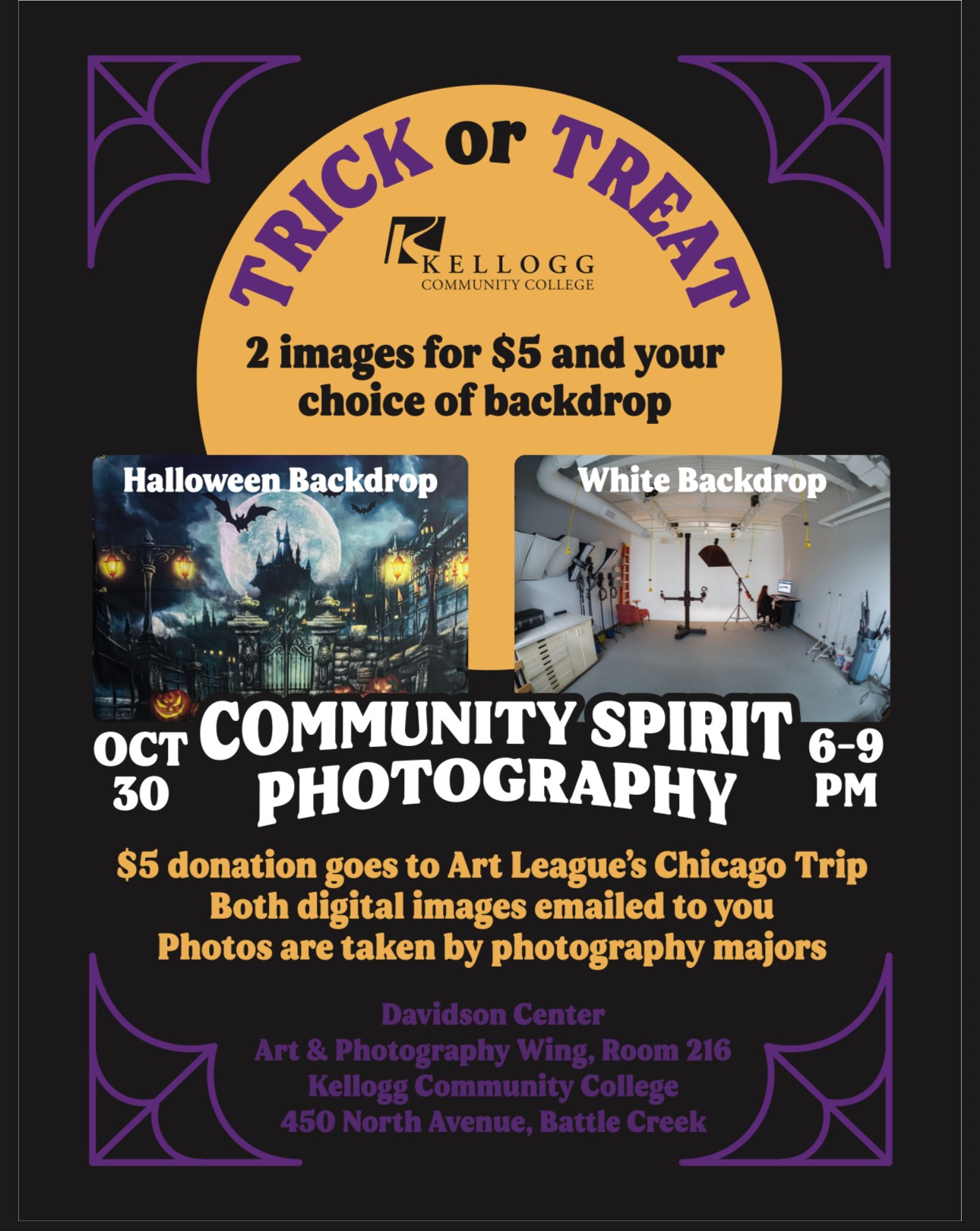Social Media has been an ongoing concept for the last 20 years, reaching mostly to teens and young adults for their target audience, even though Facebook and MySpace came first for adults, social media evolved into becoming a mass media for teens and young adults to use to share their life experiences, fun activities, talents, and more. Right?
Well, not exactly. Many teens when given these photos of a new car, or a picture of someone on the beach, or even a group of friends smiling, they begin to compare their lives to these photos online. The Child Mind Institute explained how these young teens can perceive something on an app like Instagram. Jill Emanuele, PhD, Senior Director of the Mood Disorders Center at the Child Mind Institute said “Kids view social media through the lens of their own lives. If they’re struggling to stay on top of things or suffering from low self-esteem, they’re more likely to interpret images of peers having fun as confirmation that they’re doing badly compared to their friends.” These ideas of perfect bodies and fun times can make a teen feel like they are missing out and that they are not successful in their lives even though that may not be what the post is intending to do.
Social Media also knows of its effect on teens, The Wall Street Journal stated that Facebook has been conducting studies into how its photo-sharing app affects millions of young users. They were able to access slides from a Facebook meeting talking about their own effects on teens. One slide said “We make body image issues for one in three teen girls”. Another said “Teens blame Instagram for increases in the rate of anxiety and depression. This reaction was unprompted and consistent across all age groups.” The Wall Street journal stated that another slide shown stated “among teens who reported suicidal thoughts, 13% of British users and 6% of American users traced the desire to kill themselves to Instagram”. These social media corporations understand their effects on teens and choose to keep allowing their platforms to cause these problems. The reason they choose to do nothing about it is because teens are addicted to social media and in Facebook’s eyes they are making money off of these teens’ addictions so if it isn’t broken, don’t fix it.
Another ongoing issue in our daily lives is depression. It seems that now more than ever many kids are experiencing depression. Nassir Ghaemi, a writer for TuftsNow, wrote that he had posted an article about teen depression rates 5 years prior to this more recent article. The article prior to this one talked about depression rates among teens in relation to technology. Now, he said “twice as many teenagers now have depression as a generation ago. This high rate of depression has no biological explanation. Instead, it appears to be caused by engagement with social media on smartphones.” The problem occurs that the more depressed that adolescents are, the more they tend to use social media apps, and if these apps are making them depressed then many adolescents are stuck in a vicious cycle. Ghaemi also stated that “ Right now about 22 percent of teenagers exhibit multiple symptoms of depression. This increased depression is highest in those with three or more hours per day of digital technology usage.”
So, what can teens do to prevent feeling this way? Well unfortunately the only thing teens can do is get rid of social media, and in this day and age it is merely impossible for a teen to do that without again feeling like they are missing out. After some time these feelings may subside and the teen may feel more connected to life, however for a teen, life without social media makes you an outlier.
As an alternative, teens can try limiting their social media usage and overall may end up getting rid of it all together. If a teen decides to do this, the parents of the teen should support their child in order to help them build a confident self-image and show them there is more to life than what’s on their phone.

























